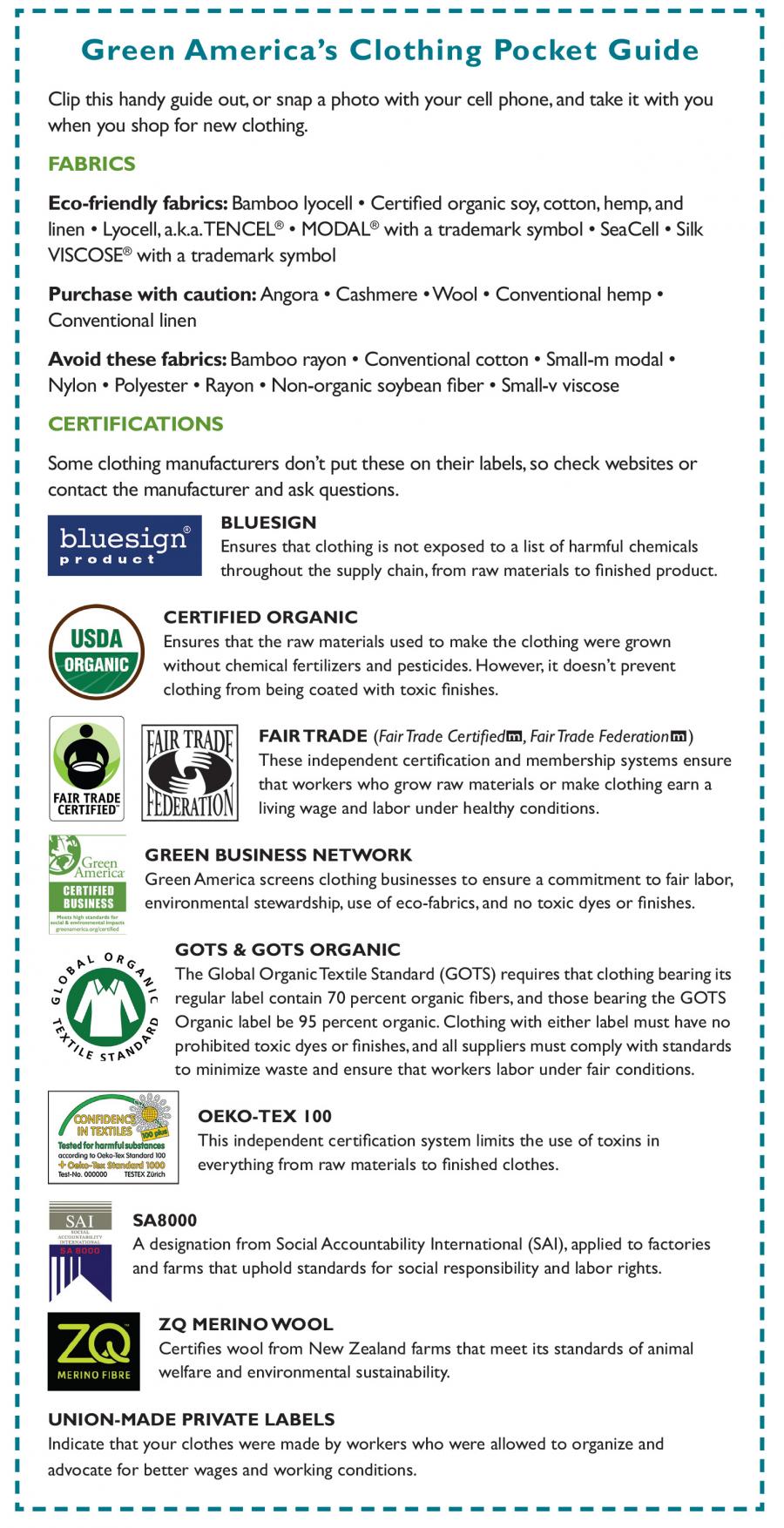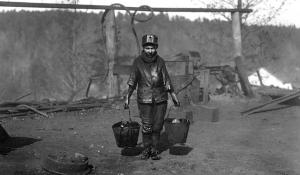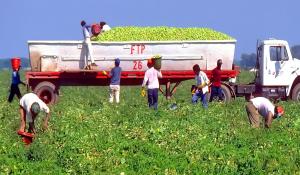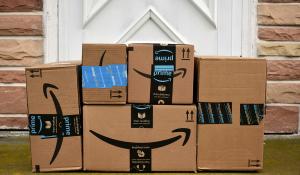
On websites from H&M to Gap to Gucci, you’ll find phrases like “innovative materials,” “sustainably sourced,” and “enhancing transparency.” But when it comes to finding out whether companies actually walk their sustainable talk, there may still be problems behind their promises. In short, consumers still need to do research when shopping for ethical fashion.
When you need clothes, first consider buying secondhand (here are some online stores we recommend). If you need to shop new, use the tips below to make your purchases better for workers and the Earth.
Note: While we’ve detailed the strongest third-party certifications that help prove a company has taken significant steps to care for workers and the environment, some but not all companies will display these certification labels on clothing tags. In addition to clothing tags, look for proof of certification on company websites, or call your favorite companies to ask if they hold the certifications.
Tips to Find Ethical Fashions
Consider Laborers
The source of Americans’ clothes has shifted during the past 30 to 40 years, from factories stateside to ones in China, Vietnam, Bangladesh, and other Asian, Pacific Island, and some Central American nations, as companies follow the lowest possible costs for their goods.
Subcontractors hired by major US and European brands, including luxury brands, must make clothing quickly to meet demand for ever-changing trends. Too often, factory owners disregard safety and fair pay to meet deadlines and turn a profit, as was the case with the Rana Plaza factory collapse that killed 1,100 garment workers in 2013.
The big brands have the power to improve the lives of the workers across their supply chains.
Find Better Fabrics
Fortunately, there are textiles that are good for workers and the Earth. Look for clothing made from certified organic fabrics, including organic cotton, hemp, soybean fiber, and linen. They’re grown without synthetic pesticides or fertilizers and cannot come from genetically modified (GM) seed.
Organic cotton now makes up an estimated eight percent of all cotton grown. However, it may be hard to spot in some cases. Only 17 percent of organic cotton is marketed as such, according to the nonprofit Solidaridad.
Another good fabric option is Lyocell/TENCEL® (the same product by conventional and brand name), which is made from wood pulp from Forest Stewardship Council (FSC)-certified forests, using a low-waste, closed-loop process. Lyocell made from bamboo, eucalyptus, or algae (called SeaCell) is also a good choice.
Also look for VISCOSE® and MODAL®, but only as trademarked brand names, which means Lenzing, the company that manufactures TENCEL, made them from FSC-certified beech trees using an eco-friendly process.
Raw wool requires no chemical inputs. To ensure animal welfare, look for ZQ certification on New Zealand wool.
Avoid These Fabrics
Conventional cotton is often doused with tons of toxic pesticides, poisoning workers and wreaking havoc on the planet. Cotton is grown on 2.5 percent of arable land in the world but uses 6.2 percent of pesticides.
The worst of the top three pesticides commonly used on cotton is a nerve agent that could kill an adult if applied to the skin. While most pesticides wash out before they get to the consumer, workers in cotton fields are exposed to these chemicals at life-threatening amounts.
The documentary The True Cost found that in the Punjab region of India, where most of the country’s cotton is grown, numbers of children with severe learning disabilities, physical handicaps, and terminal illnesses like cancer have skyrocketed, which experts attribute to an increased use of pesticides.
Petroleum-based synthetics—like nylon, polyester, rayon, acrylic, and spandex—aren’t great alternatives either. Because they’re essentially made from oil, they’re not biodegradable or renewable. Worse, manufacturing these materials releases nitrous oxide, a greenhouse gas stronger than CO2.
Tree-based fibers are a mixed bag. Rayon, small-v viscose, and small-m modal may come from trees that weren’t harvested sustainably, combined with toxic chemicals to make the fabric.
Also, avoid fabrics containing nanoparticles. Labels won’t mention nanoparticles directly but will tout the “anti-bacterial” or “anti-odor” properties nano-silver provides, or the sun-blocking capabilities of nano-titanium dioxide. Because of the ways products are regulated in the US, manufacturers aren’t required to test nanoparticles for safety to humans or the Earth, so little is known about their effects. However, nano-silver my contribute to bacterial resistance to silver as an antibiotic, and it’s toxic to aquatic life.
Proceed with caution: Hemp and linen are often grown without copious amounts of chemicals, but you’ll either need to look for organic certification or contact the manufacturer to be sure.
Animal fabrics like wool, angora, and cashmere, while not requiring chemicals, likely weren’t procured with animal welfare in mind.
Beware of Toxic Dyes and Finishes
The dyes that are used in a majority of clothing are made from harmful synthetic materials. Azo dyes, commonly used in clothing, break down into chemicals called aromatic amines, some of which have been linked to cancer. Other dyes contain heavy metals like the neurotoxicants lead and mercury.
After they’re dyed, clothing is often treated with water-, stain-, and fire-proofing chemicals. Those affect both workers and wearers, as some can linger even after several washings. These can also persist a long time in the environment and have been linked to hormone disruption and liver and reproductive toxicity. Clothes advertised as wrinkle-free are often coated in formaldehyde, a known carcinogen.
For more information on finding ethical clothing, see the “Detox Your Closet” issue of the Green American.
Green America’s Clothing Pocket Guide
Screenshot this guide or bookmark this page and make sure you have this guide with you when you shop for new clothes. Or, download the PDF.

FABRICS
Eco-friendly fabrics: Bamboo lyocell • Certified organic soy, cotton, hemp, and linen • Lyocell, a.k.a. TENCEL® • MODAL® with a trademark symbol • SeaCell • Silk VISCOSE® with a trademark symbol
Purchase with caution: Angora • Cashmere • Wool • Conventional hemp • Conventional linen
Avoid these fabrics: Bamboo rayon • Conventional cotton • Small-m modal • Nylon • Polyester • Rayon • Non-organic soybean fiber • Small-v viscose
CERTIFICATIONS
Some clothing manufacturers don’t put these on their labels, so check websites or contact the manufacturer and ask questions.
BLUESIGN: Ensures that clothing is not exposed to a list of harmful chemicals throughout the supply chain, from raw materials to finished product.
CERTIFIED ORGANIC: Ensures that the raw materials used to make the clothing were grown without chemical fertilizers and pesticides. However, it doesn’t prevent clothing from being coated with toxic finishes.
FAIR TRADE (Fairtrade America, Fair Trade USA, Fair Trade Federation): These independent certification and membership systems ensure that workers who grow raw materials or make clothing earn a living wage and labor under healthy conditions.
GREEN BUSINESS NETWORK: Green America screens clothing businesses to ensure a commitment to fair labor, environmental stewardship, use of eco-fabrics, and no toxic dyes or finishes.
GOTS & GOTS ORGANIC: The Global Organic Textile Standard (GOTS) requires that clothing bearing its regular label contain 70 percent organic fibers, and those bearing the GOTS Organic label be 95 percent organic. Clothing with either label must have no
prohibited toxic dyes or finishes, and all suppliers must comply with standards to minimize waste and ensure that workers labor under fair conditions.
OEKO-TEX 100: This independent certification system limits the use of toxins in everything from raw materials to finished clothes.
SA8000: A designation from Social Accountability International (SAI), applied to factories and farms that uphold standards for social responsibility and labor rights.
ZQ Merino Wool: Certifies wool from New Zealand farms that meet its standards of animal welfare and environmental sustainability.
UNION-MADE PRIVATE LABELS: Indicate that your clothes were made by workers who were allowed to organize and advocate for better wages and working conditions.







